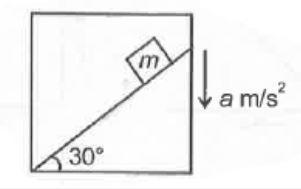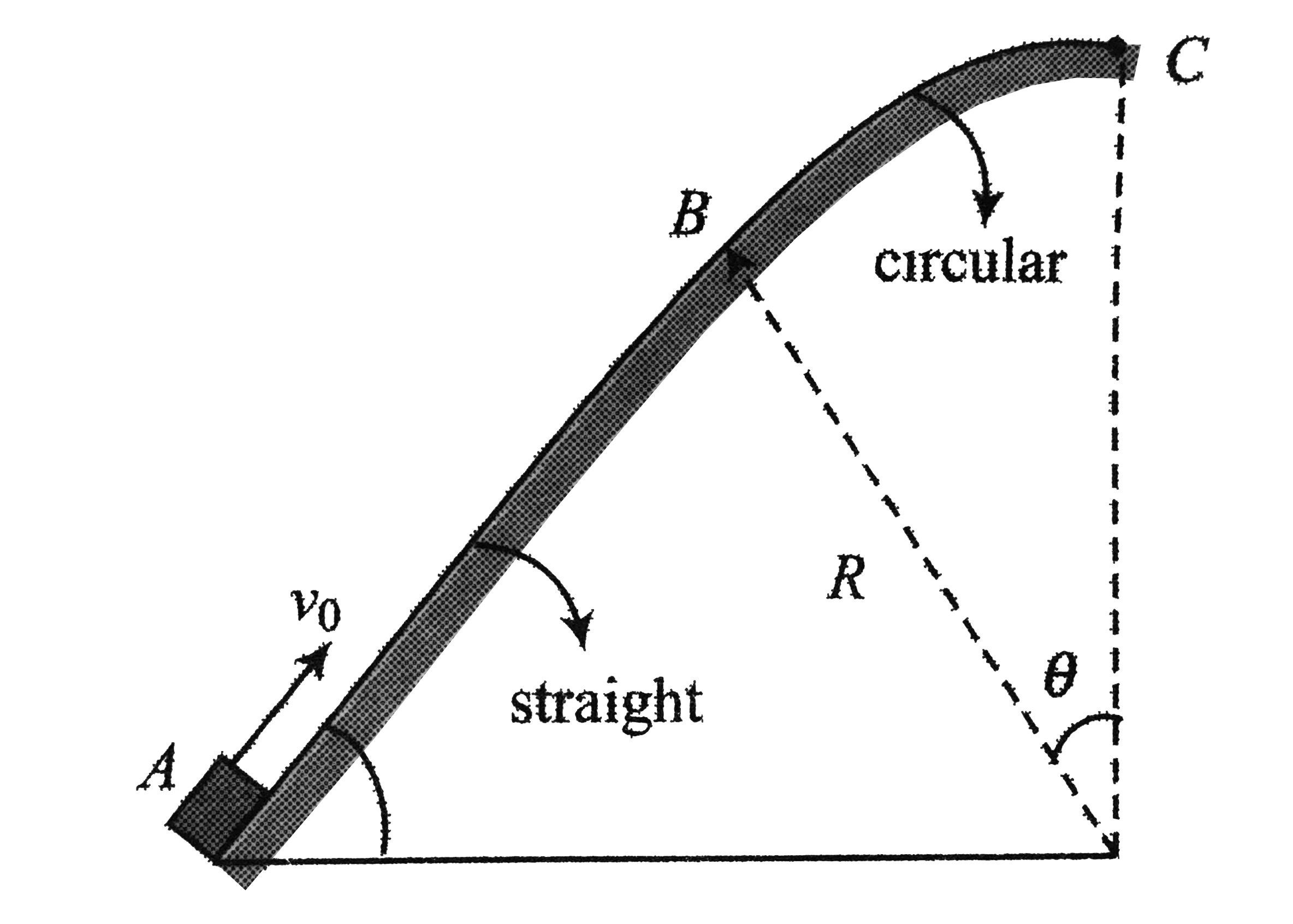Moving up an object along an inclined plane requires ......lifting it vertically up
more effort than
less effort than
same effort as
none of these
To solve the question "Moving up an object along an inclined plane requires ......lifting it vertically up," we need to analyze the options provided and understand the mechanics involved in lifting an object on an inclined plane compared to lifting it straight up.
1. Understanding the Question: The question asks us to compare the effort required to move an object up an inclined plane versus lifting it vertically.
2. Visualizing the Scenario: Imagine two scenarios:
- Lifting Vertically: When you lift an object straight up, you are working against the force of gravity directly. The entire weight of the object must be overcome.
- Using an Inclined Plane: When you move an object up an inclined plane, the weight of the object is distributed along the length of the incline. This means that you do not have to exert as much force to lift it compared to lifting it straight up.
3. Analyzing the Forces:
- On a vertical lift, the force required is equal to the weight of the object (Force = mass × gravity).
- On an inclined plane, the force required is less because the angle of the incline reduces the effective weight that needs to be lifted. The steeper the incline, the more effort is needed, but it is still less than lifting straight up.
4. Conclusion: Based on the analysis, we can conclude that moving an object up an inclined plane requires less effort than lifting it vertically up.
5. Final Answer: Therefore, the completed statement is: "Moving up an object along an inclined plane requires less effort than lifting it vertically up."
- Lifting Vertically: When you lift an object straight up, you are working against the force of gravity directly. The entire weight of the object must be overcome.
- Using an Inclined Plane: When you move an object up an inclined plane, the weight of the object is distributed along the length of the incline. This means that you do not have to exert as much force to lift it compared to lifting it straight up.
- On a vertical lift, the force required is equal to the weight of the object (Force = mass × gravity).
- On an inclined plane, the force required is less because the angle of the incline reduces the effective weight that needs to be lifted. The steeper the incline, the more effort is needed, but it is still less than lifting straight up.
Topper's Solved these Questions
- ENERGY Book:ICSEChapter:ENERGY Exercise:Questions (Observe the figures and answer the questions)
Explore 6 Videos
- ENERGY Book:ICSEChapter:ENERGY Exercise:Exercises Section I (Name the following)
Explore 10 Videos
- ENERGY Book:ICSEChapter:ENERGY Exercise:Questions (Fill in the blanks )
Explore 3 Videos
- FORCEBook:ICSEChapter:FORCEExercise:Picture Based Questions
Explore 2 Videos
Similar Questions
It is easier to draw up a wooden block along an inclined plane than haul it up vertically because
View SolutionA block of mass m is moving down with constant velocity along an inclined plane of inclination θ. What is the work done by external force in pulling the block along the inclined plane through a height h with constant velocity?
View SolutionA weight w is to be moved from the bottom to the top of an inclined plane of inclination θ to the horizontal. If a smaller force is to be applied to drag it along the plane in comparison to lift it vertically up, the coefficient of friction should be such that.
View SolutionFriction coefficient between block and inclined plane is [μ=1√3] if lift is moving vertically down with constant acceleration a then the value of acceleration a so that block moves down with constant velocity is

View SolutionA man of mass m speeds up while running from rest to a speed v in a straight track along an inclined plane, after raising through a height h.
Wgravity=work done by gravity on the man
Wiction=work done by friction on the man
Wman=work done by man
If instead of moving up the plane, the man increases his speed to the value v while moving down the inclined plane through the same vertical distance h, then
View SolutionA body of mass m is kept on an inclined plane . The force required to just move a body up the inclined plane is double the force required to just prevent the body from sliding down the plane. If the coefficient of friction is μ, what is the inclination of the plane ?
View SolutionA block of mass m is projected up with a velocity v0 along an inclined plane of angle of inclination θ=37∘. The coefficient of friction between the inclined plane AB and blocks is μ(=tanθ). Find the values of v0 so that the block moves in a circular path from B to C.

View Solution500 J of work is done in sliding a 4 kg block up along a rough inclined plane to a vertical height of 10 m slowly. The work done against friction is (g=10ms2)
View SolutionWhy is less effort needed to lift a load over an inclined plane as compared to lifting the load directly ?
View SolutionA block starts moving up an inclined plane of inclination 30∘ with an initial velocity of v0 . It comes back to its initial position with velocity v02 . The value of the coefficient of kinetic friction between the block and the inclined plane is close to I1000 , The nearest integer to I is ____________ .
View Solution